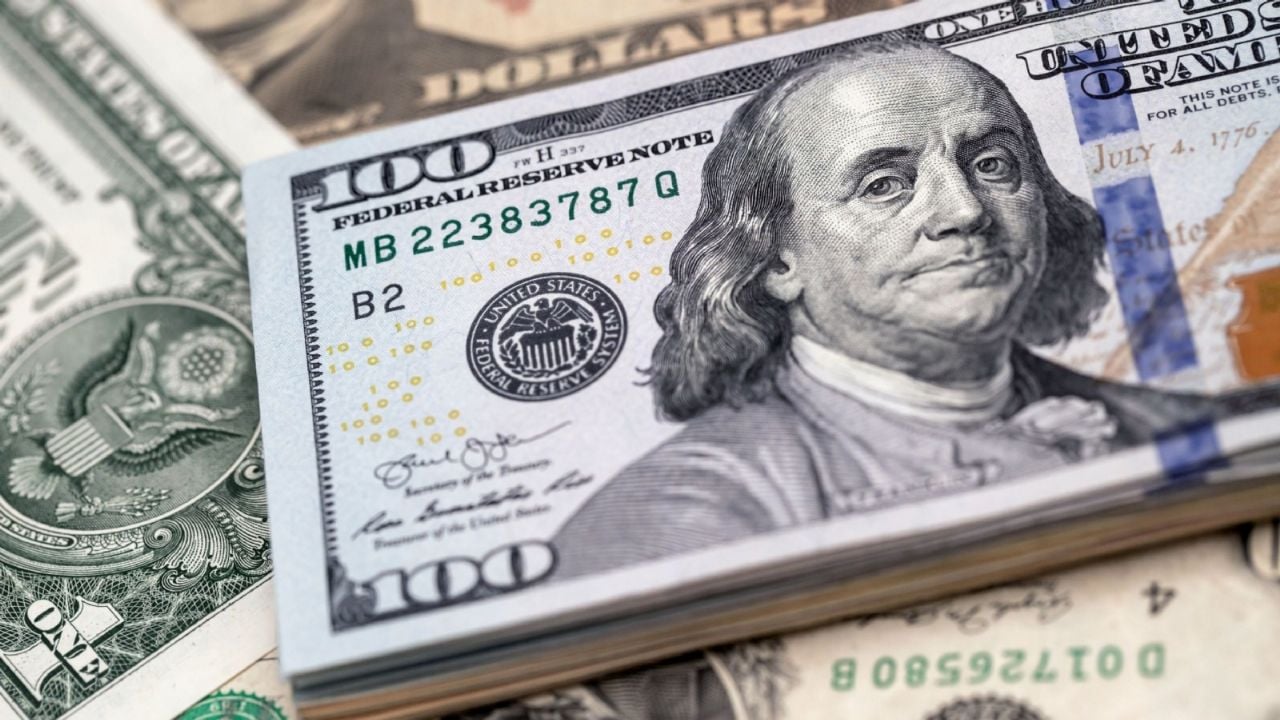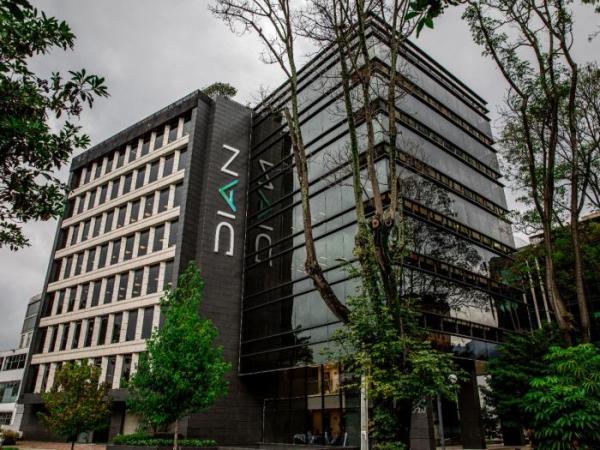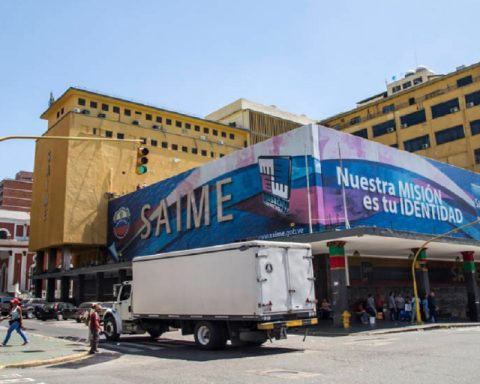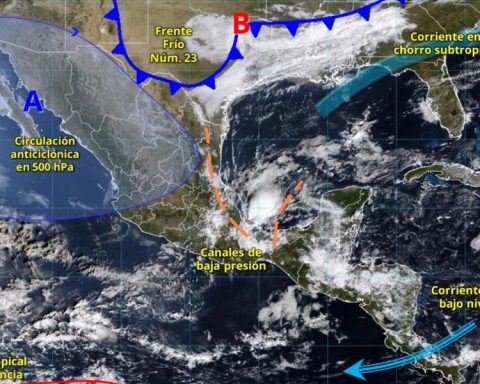The quote of the dollar In Argentina, the sharp difference between the official dollar and the blue dollar was once again evident, reflecting the economic tensions and challenges facing the country. The official dollar, controlled by the Central Bank of the Argentine Republic (BCRA), closed on Friday, July 19 at $902.50 for purchase and $942.50 for sale.
This exchange rate is used primarily for regulated commercial and financial operations, and its value is determined by the government’s monetary policies. dollar The official rate has maintained a gradual appreciation trend, in line with the BCRA’s policies to control inflation and stabilize the economy.
However, this strategy has generated criticism due to the significant gap that exists between the official dollar and the blue dollar, which reflects distortions in the foreign exchange market. The blue dollar, also known as the parallel dollar, is the exchange rate negotiated in the informal market.
On Friday, July 19, the blue dollar was quoted at $1,425 for purchase and $1,445 for sale. The gap between the official dollar and the blue dollar was approximately 53%, which shows the lack of confidence in the local currency and the preference for the dollar as a safe haven.

The blue dollar market has shown considerable volatility in recent weeks, influenced by factors such as political uncertainty, inflationary expectations and foreign exchange restrictions imposed by the government.
This volatility has generated concern among investors and citizens, who seek to protect their savings from the devaluation of the peso.. The difference between the dollar official and the blue dollar is a reflection of several economic and political factors. Among the most notable are:

Factors
High inflation in Argentina, which is expected to exceed 100% annually, has led citizens to seek refuge in the dollar to protect their purchasing power. This demand for dollars in the informal market increases the price of the blue dollar.
Government-imposed restrictions on the purchase of official dollars have limited access to the currency, forcing many to turn to the parallel market. These restrictions include monthly limits on the purchase of dollars and the application of additional taxes, such as the PAIS Tax and the Profit Advance Tax.


















